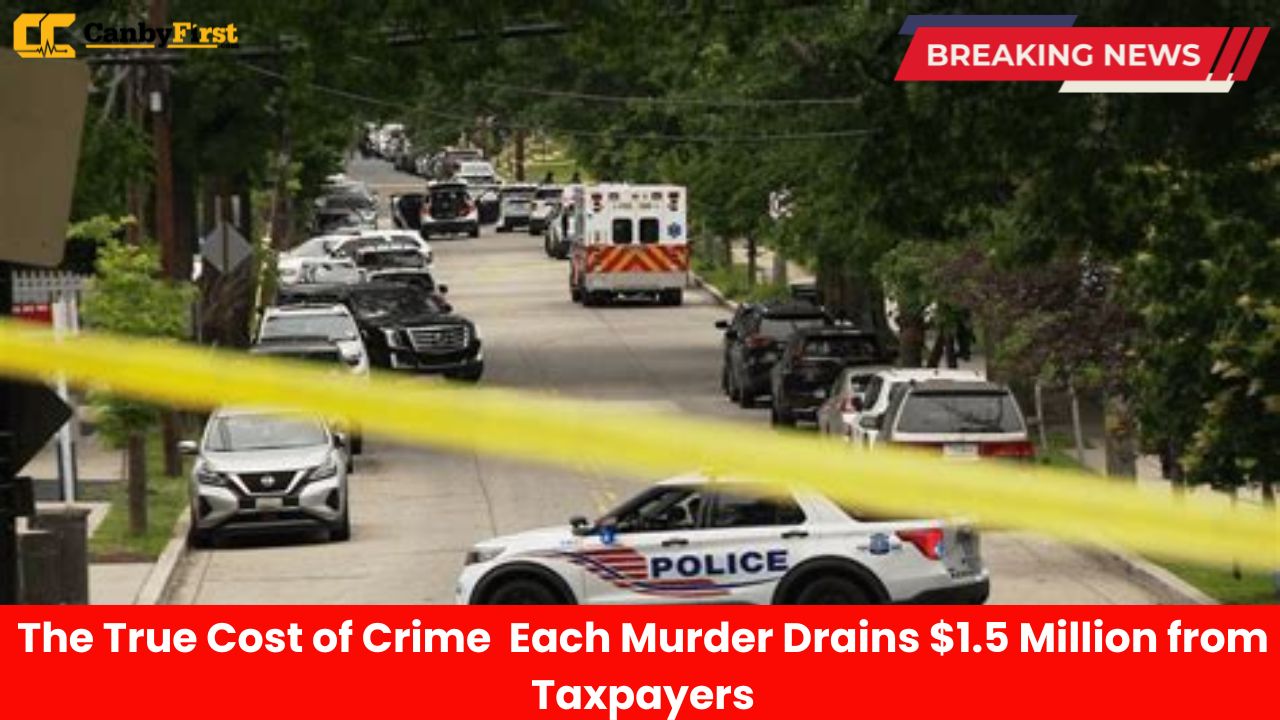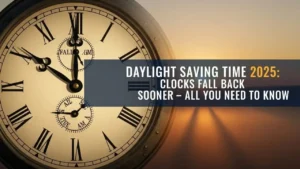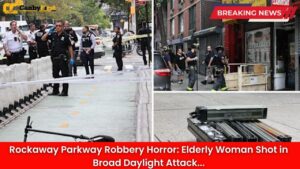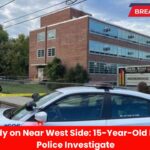Washington, DC: In the heart of the nation’s capital, beyond the flashing lights of emergency vehicles and courtroom procedures, a quieter financial burden weighs heavily on Washington, DC taxpayers. Recent analyses have revealed that every homicide in the city costs approximately 1.5 million dollars — a staggering figure that reflects not only the loss of life but the deep societal and economic toll that follows.
The Hidden Price Tag of Violence
When a murder occurs, the cost extends far beyond the investigation and trial. From first responders and medical examiners to prosecutors, public defenders, and correctional facilities, the system mobilizes a massive web of resources. Law enforcement alone accounts for a major portion of the initial expenses, including overtime, forensic testing, and extended investigations that may last months or even years.
But the ripple effects go much further. The judicial process requires court time, jury selection, legal representation, and victim services. Whether a case ends in conviction or remains unsolved, the expenditures multiply. The result is a profound financial strain that often escapes public attention.
Also Read
Breaking Down the Million-Dollar Impact
The 1.5 million dollar price tag represents an average that includes both direct and indirect costs.
-
Law enforcement and investigation: roughly 450,000 dollars per case, factoring in crime scene analysis, officer hours, and evidence management
-
Judicial and correctional expenses: about 600,000 dollars, covering trials, incarceration, and appeals
-
Community and emotional costs: estimated at more than 400,000 dollars, reflecting lost productivity, trauma services, and the broader social damage
Together, these figures illustrate how the repercussions of one act of violence extend into nearly every corner of the community.
The Human and Economic Strain
For neighborhoods already struggling with poverty and limited resources, the financial implications of violence further deepen inequality. Every dollar spent on crime infrastructure is a dollar redirected from education, healthcare, and public housing. Experts note that this cycle makes it even harder for communities to recover.
Residents of high-crime areas often express frustration that their neighborhoods are both victims and unwilling financiers of the violence around them. The long-term economic drag affects local businesses, property values, and even mental health outcomes, turning a single tragedy into a lasting community wound.
Calls for Smarter Prevention
As city leaders face ongoing debates about policing and public safety funding, many argue that redirecting resources toward prevention could be the most cost-effective solution. Programs that focus on mentorship, trauma intervention, mental health support, and affordable housing have proven capable of reducing homicide rates more efficiently — and far less expensively — than punitive measures alone.
Investments in community-based initiatives are now increasingly viewed as not just moral imperatives but sound financial strategies. Reducing even a handful of murders each year could save the city millions while sparing families untold grief.
Washington’s Future Response
The District of Columbia has already begun experimenting with violence interruption programs and increased access to youth services. City council members have repeatedly emphasized the importance of community engagement, arguing that safety is built through opportunity, not fear.
Still, critics warn that meaningful progress demands more than pilot programs. Sustained investment, transparency in spending, and collaboration with local organizations are necessary to prevent future loss — both of life and public funds.
A Cost No City Can Afford
Each homicide represents two profound tragedies: the death itself and the economic devastation it leaves behind. For Washington, DC, the revelation that each murder costs 1.5 million dollars underscores the urgency of prevention-based approaches to crime reduction.
The taxpayer burden is only part of the story. Behind every figure lies a human life that can never be replaced — and a community struggling to heal from the aftermath of violence. As the city looks ahead, residents and leaders alike face a pressing question: will Washington continue to pay this unbearable price, or invest in saving both lives and livelihoods












